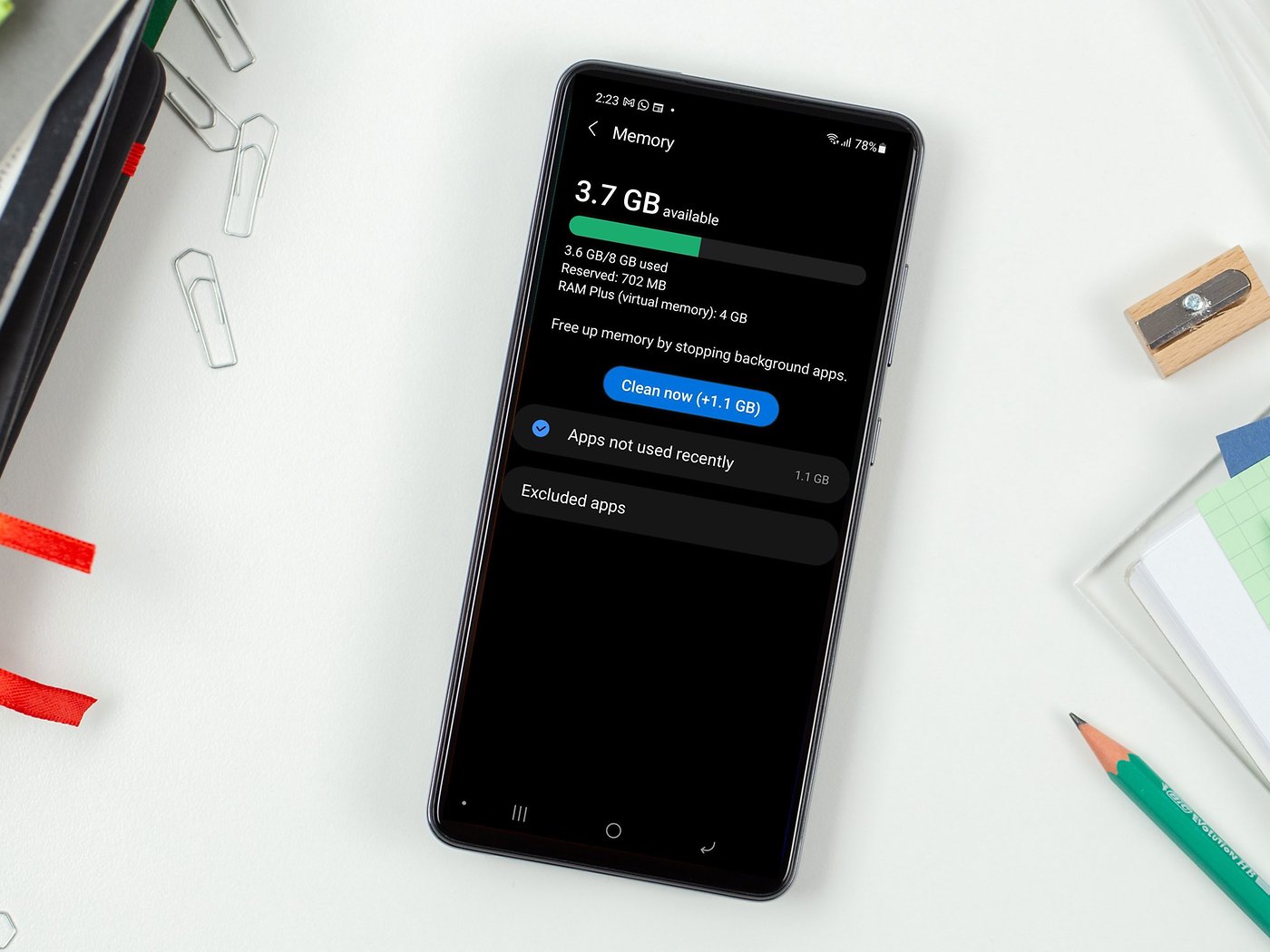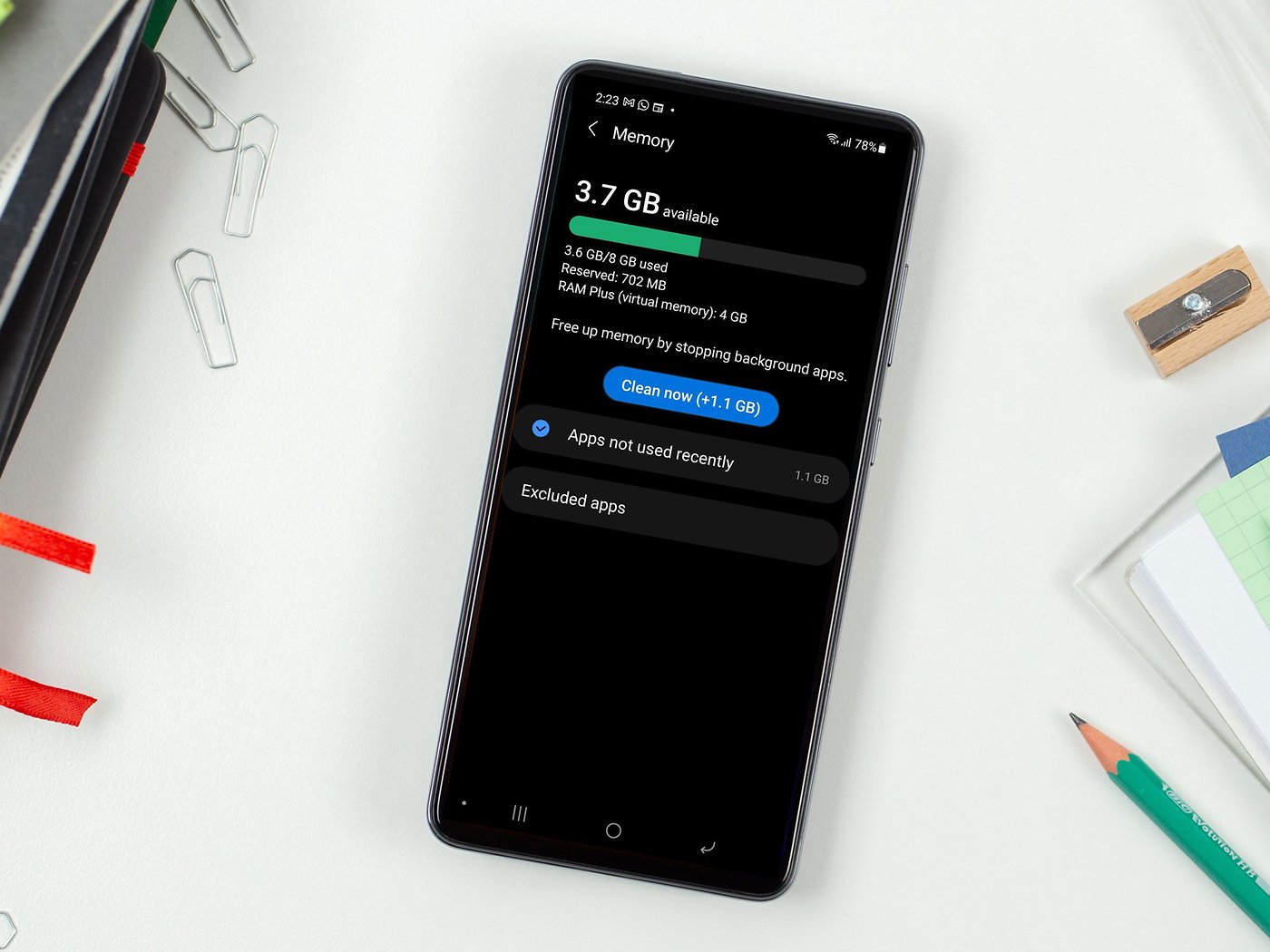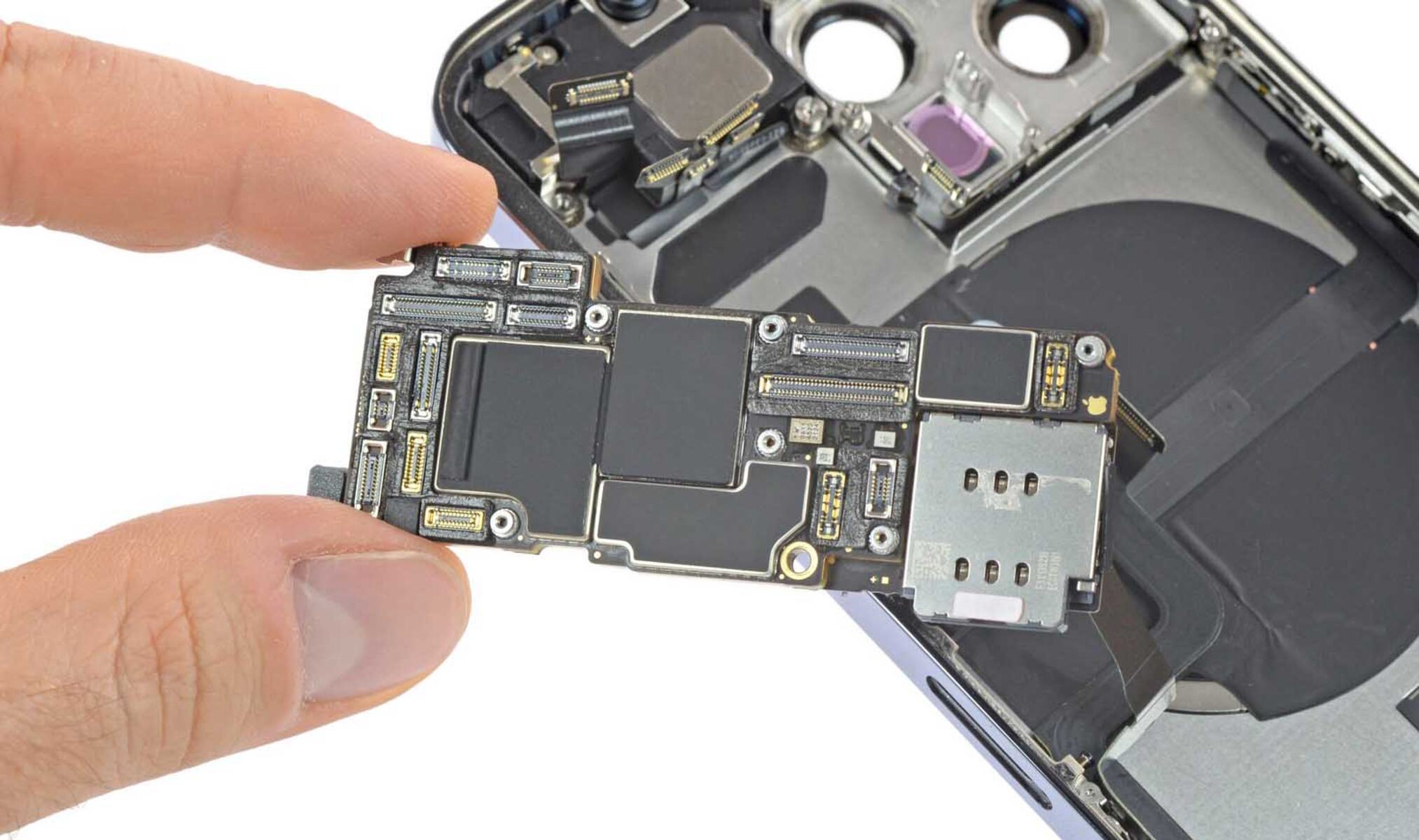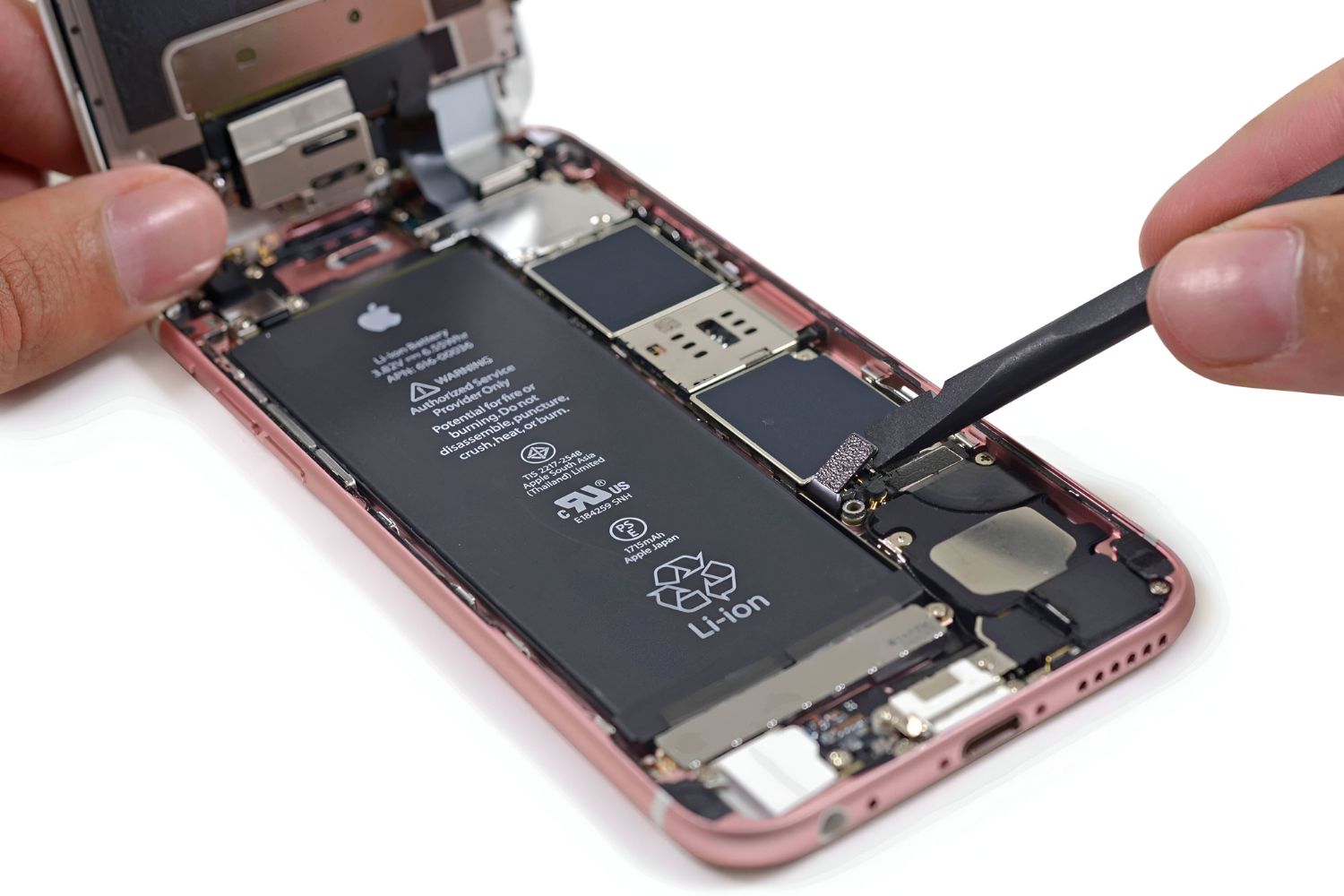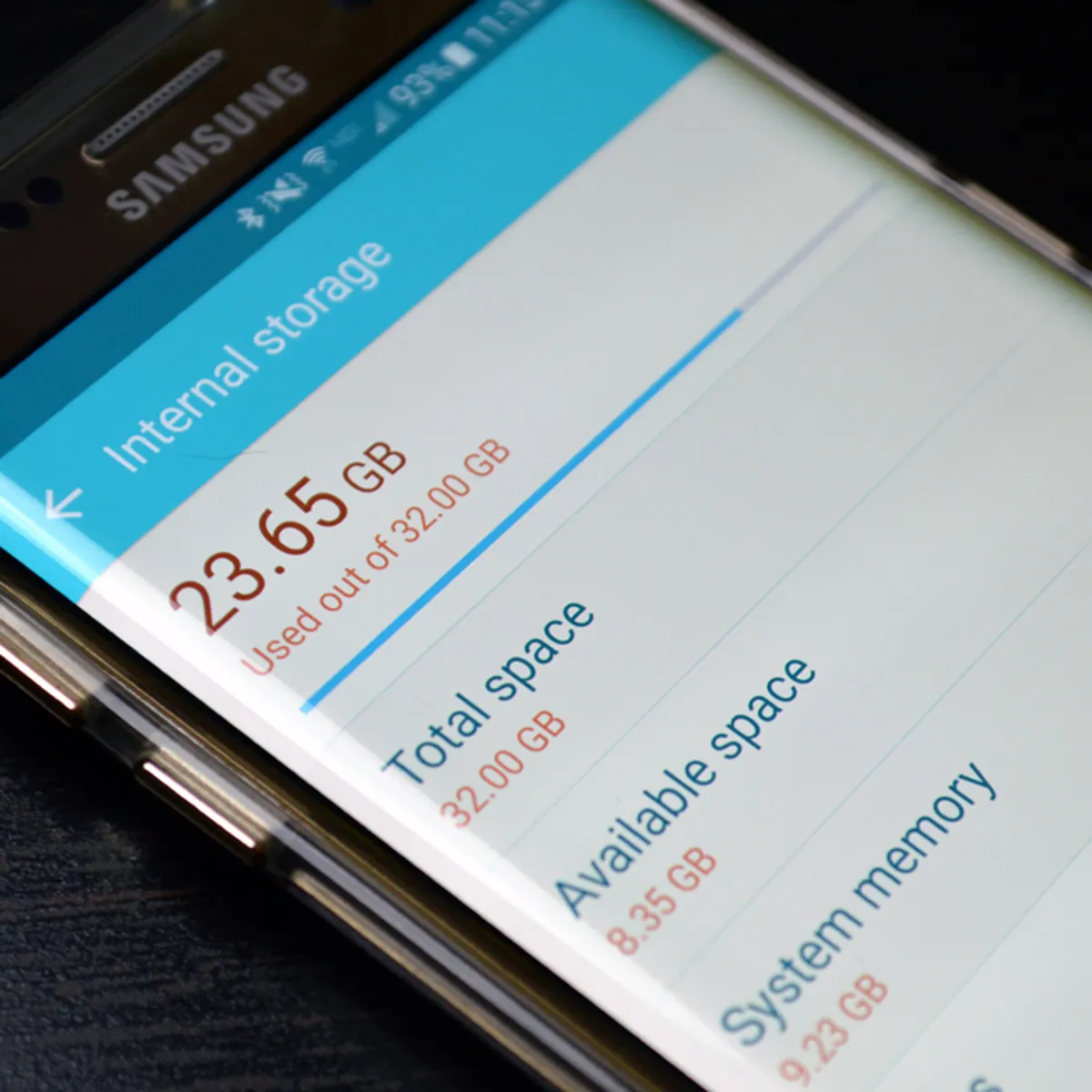Introduction
Welcome to the era of smartphones, where technology advancements are constantly shaping our daily lives. As our reliance on these devices continues to grow, we demand faster and more efficient performance to accommodate our multitasking habits and ever-increasing app usage. To meet these demands, smartphone manufacturers have introduced various features and optimizations, and one such feature is RAM Boost.
RAM Boost is a functionality that aims to enhance the performance and responsiveness of your phone by intelligently managing the device’s Random Access Memory (RAM). It offers a seamless user experience by optimizing the usage of available resources and ensuring that frequently used apps and tasks are prioritized.
In this article, we will explore what RAM Boost is all about, how it works, the benefits it brings to your smartphone experience, common misconceptions surrounding it, and how to enable RAM Boost on different phone models. Whether you’re an avid smartphone user or simply curious about the inner workings of your device, this article will provide insight into the world of RAM Boost and help you make informed decisions regarding its usage.
Before we delve into the details, it’s important to note that RAM Boost is a feature that varies across different smartphone brands and models. The implementation may differ, but the underlying goal remains the same: to optimize your device’s performance. So, let’s get started and discover the world of RAM Boost!
What is RAM Boost?
RAM Boost, also known as RAM management or memory optimization, is a feature found in many smartphones that aims to improve the overall performance and speed of the device. RAM, short for Random Access Memory, is an essential component of a smartphone’s hardware. It acts as a temporary storage space that allows your device to quickly access and retrieve data for running applications.
RAM works hand in hand with the phone’s processor (CPU) to smoothly run various apps and processes simultaneously. However, as you use your smartphone and open multiple apps, the device’s available RAM becomes increasingly limited. When RAM becomes scarce, the device may start to slow down, causing lags and delays in app loading and switching.
This is where RAM Boost comes into play. It optimizes RAM usage by intelligently managing the allocation of resources to different apps and processes. By prioritizing active or frequently used apps, RAM Boost ensures that they receive the necessary resources, such as RAM, to run smoothly and responsively.
RAM Boost employs adaptive algorithms that dynamically adjust RAM allocation based on your usage patterns. It takes into account factors such as your app usage history, the frequency of app switching, and the overall system demands. The goal is to provide a seamless user experience by keeping the system responsive and preventing unnecessary slowdowns caused by limited RAM availability.
It’s important to note that RAM Boost doesn’t create more RAM capacity; instead, it optimizes the usage of the available RAM. It doesn’t increase the physical RAM installed on your device but rather improves the efficiency with which it is utilized. This means that RAM Boost won’t magically enhance your device’s RAM capacity, but it can significantly improve performance by ensuring that the limited RAM resources are utilized more effectively.
How does RAM Boost work?
RAM Boost employs various techniques and strategies to optimize the usage of available RAM and enhance the performance of your smartphone. While the exact implementation may vary across different smartphone brands and models, the underlying principles remain the same. Here are some common methods used by RAM Boost:
1. App prioritization: RAM Boost identifies active or frequently used apps and prioritizes them in terms of resource allocation. It ensures that these apps receive ample RAM to run smoothly and respond quickly to user interactions, reducing any potential lags or delays.
2. Background process management: RAM Boost intelligently manages background processes and services running on your device. It monitors resource usage and determines which processes can be paused or temporarily halted to free up RAM for more critical tasks and foreground apps.
3. Cache cleaning and management: RAM Boost clears unnecessary cache files from apps to reclaim memory space. Caches are temporary files and data generated by apps to speed up future operations. While caches can improve app performance, large and outdated caches can occupy valuable RAM. By periodically cleaning cache files, RAM Boost ensures optimal RAM utilization.
4. Adaptive algorithms: RAM Boost utilizes adaptive algorithms that dynamically adjust RAM allocation based on real-time usage patterns. These algorithms take into account factors such as app switching frequency, app usage history, and overall system demands. By constantly adapting to your usage patterns, RAM Boost optimizes RAM allocation for an enhanced user experience.
5. Intelligent memory compression: Some smartphones employ intelligent memory compression techniques to further optimize RAM usage. These techniques compress data in RAM, allowing more data to be stored within the limited available memory space. By compressing data without sacrificing performance, RAM Boost can effectively increase the effective capacity of the available RAM.
Overall, RAM Boost works in the background, continuously monitoring your device’s RAM usage and making adjustments to ensure optimal performance. By intelligently managing resources and prioritizing app usage, RAM Boost enhances the responsiveness and speed of your smartphone, providing a smoother and more enjoyable user experience.
Benefits of RAM Boost
RAM Boost offers several benefits that enhance the overall performance and user experience of your smartphone. Here are some key advantages of enabling RAM Boost:
1. Improved multitasking: RAM Boost ensures that your smartphone can handle multiple tasks and apps simultaneously without experiencing significant slowdowns. It optimizes the allocation of resources, allowing you to switch between apps smoothly and seamlessly.
2. Faster app loading times: With RAM Boost, frequently used apps are kept in memory, reducing the need to reload them each time you open them. This results in faster app loading times, allowing you to access your favorite apps quickly and efficiently.
3. Enhanced gaming performance: Gamers can benefit from RAM Boost, as it helps provide a smoother gaming experience. By allocating more resources to the game you’re currently playing, RAM Boost reduces lags and delays, allowing you to fully immerse yourself in the gameplay.
4. Reduced app crashes: By optimizing the usage of available RAM, RAM Boost can help reduce instances of app crashes or force closures. With sufficient RAM allocated to each app, the likelihood of running out of memory and experiencing app crashes is significantly minimized.
5. Increased productivity: RAM Boost allows you to work more efficiently on your smartphone by ensuring quick access to essential apps and services. Whether you’re browsing the web, checking emails, or editing documents, RAM Boost ensures that your device remains responsive and ready to assist you.
6. Energy efficiency: RAM Boost can contribute to better energy management, as it helps minimize the strain on your device’s resources. By optimizing RAM allocation and reducing unnecessary background processes, RAM Boost helps conserve battery life, allowing you to use your smartphone for longer periods without needing to recharge.
7. Seamless user experience: Ultimately, RAM Boost provides a seamless user experience by optimizing your device’s performance. It ensures that your smartphone responds swiftly to your commands, providing a smooth and enjoyable user interface with minimal interruptions or delays.
By enabling RAM Boost on your device, you can unlock these benefits and make the most out of your smartphone’s capabilities. However, it’s worth noting that the effectiveness of RAM Boost may vary depending on your device’s hardware, software optimization, and individual usage patterns. Exploring the RAM Boost feature on your device will help you gauge its impact and experience the benefits firsthand.
Common misconceptions about RAM Boost
Despite the many benefits of RAM Boost, there are certain misconceptions and misunderstandings that surround this feature. Let’s address some of the most common misconceptions:
1. RAM Boost increases the physical RAM capacity: One common misconception is that RAM Boost miraculously increases the physical RAM capacity of your device. In reality, RAM Boost optimizes the usage of the available RAM, making it more efficient and responsive. It does not add or expand the physical RAM hardware in your smartphone.
2. RAM Boost makes your device immune to slowdowns: While RAM Boost can improve the overall performance of your device, it doesn’t guarantee complete immunity from slowdowns. Other factors, such as processor speed, app optimization, and system resources, also impact your device’s performance. RAM Boost works alongside these factors to enhance performance but cannot eliminate all potential sources of slowdowns.
3. Enabling RAM Boost significantly extends battery life: While RAM Boost can contribute to better energy management, it is not a magic solution for significantly extending your device’s battery life. While RAM Boost can help optimize resource allocation and reduce unnecessary processes, other factors like screen brightness, app usage, and network connectivity have a more significant impact on battery life.
4. Clearing all recent apps improves RAM Boost performance: It is a common misconception that manually closing all recent apps will improve RAM Boost’s performance. On the contrary, modern smartphones can efficiently manage RAM on their own. Manually closing recent apps can actually have an adverse effect by consuming extra resources and slowing down app relaunch times. Let your device’s RAM management system do its job and prioritize active apps automatically.
5. RAM Boost is unnecessary on devices with ample RAM: Although devices with larger RAM capacities may have more resources available, RAM Boost can still provide benefits. It optimizes the available resources, ensuring that your device performs at its best regardless of RAM size. RAM Boost can help prevent memory fragmentation and allocate resources more effectively, even on devices with ample RAM.
6. RAM Boost improves internet connection speed: RAM Boost is focused on optimizing RAM usage and has no direct impact on your internet connection speed. Internet speed is determined by various factors like your Wi-Fi or cellular network, signal strength, and service provider. RAM Boost can indirectly contribute to a seamless internet browsing experience by ensuring responsive app behavior, but it does not directly influence internet speed.
By debunking these misconceptions, it becomes clearer what RAM Boost can and cannot do. Understanding the functionality and limitations of RAM Boost will help you make informed decisions regarding its usage on your smartphone.
How to enable RAM Boost on different phone models
Enabling RAM Boost may vary depending on the specific smartphone model and its operating system. While the exact steps may differ, the following general guidelines should help you enable RAM Boost on your device:
1. Stock Android: If you have a device running on stock Android, the RAM Boost feature may be integrated into the system settings. Go to “Settings” and search for “RAM” or “Memory” options. Look for a “Boost” or “Optimize” button, which will enable the RAM Boost feature on your device. Follow any on-screen instructions to complete the process.
2. Custom Android skins: Smartphone manufacturers often include their own custom Android skins with additional features and settings. If you have a device with a custom Android skin, such as Samsung’s One UI or Xiaomi’s MIUI, the RAM Boost option may be located within the device settings. Look for options like “Device care,” “Performance,” or “Battery & Performance” in the settings menu. Within these options, you should find a subsection for optimizing RAM or managing memory. Enable the RAM Boost feature from there.
3. Third-party apps: Some Android devices may not have a built-in RAM Boost feature, but you can still achieve similar benefits by using third-party apps from the Google Play Store. Look for reputable apps that focus on RAM management and optimization. These apps typically offer features like clearing cache, ending background processes, and optimizing RAM usage. Install a suitable app, follow the on-screen instructions, and configure the settings according to your preference.
4. iPhone and iOS: On iPhone devices running iOS, the RAM management is handled automatically by the system and does not have a separate RAM Boost feature. The iOS operating system effectively manages RAM allocation in the background, ensuring optimal performance. However, you can enhance your iPhone’s performance by following general tips like closing unnecessary apps, clearing cache files, and keeping your device updated with the latest software version.
5. Manufacturer-specific optimizations: Some smartphone manufacturers implement their own RAM management and optimization features. For example, OnePlus devices have a feature called “RAM Boost” or “RAM Boost+” that you can enable in the device settings. These manufacturer-specific optimizations may provide additional benefits and customization options above the standard Android offerings.
It’s important to note that the steps to enable RAM Boost may vary from device to device and across different Android versions or custom skins. If you’re unsure about how to enable RAM Boost on your specific device, consult the device manual or visit the manufacturer’s support website for detailed instructions.
Remember that RAM Boost is just one aspect of overall device optimization, and other factors like regular software updates, cache clearance, and closing unused apps can also contribute to a smoother performance.
Is RAM Boost necessary?
Whether or not RAM Boost is necessary depends on your individual smartphone usage and the specific device you are using. While RAM Boost can provide benefits in terms of performance and responsiveness, it may not be a critical feature for everyone. Here are some factors to consider when deciding if RAM Boost is necessary for your device:
1. Device specifications: The RAM capacity of your smartphone plays a significant role in determining the need for RAM Boost. Devices with lower RAM capacities, such as 2GB or 3GB, may benefit more from RAM Boost as they have limited resources to handle multiple apps and tasks efficiently. On the other hand, devices with larger RAM capacities, such as 6GB or 8GB, may already have ample resources to handle most tasks without requiring additional optimization.
2. User habits and app usage: If you are a heavy smartphone user who frequently multitasks, switches between resource-intensive apps, or uses memory-intensive apps like gaming or video editing, RAM Boost can help improve the overall performance of your device. It ensures that your device remains responsive and doesn’t experience significant slowdowns or lags when handling demanding tasks.
3. Older devices and software: If you are using an older device or running outdated software, RAM Boost can be particularly beneficial. As devices age and software requirements evolve, they may become slower and struggle to handle newer apps and operating system updates. RAM Boost can help optimize the available resources on these devices, giving them a performance boost and extending their usability.
4. Personal preference: Ultimately, the decision to enable RAM Boost is a matter of personal preference. Some users may prefer to have their device optimized for maximum performance, while others may not notice a significant difference in their day-to-day usage. If you value a responsive and smooth user experience, enabling RAM Boost can be a good choice.
It’s worth noting that modern smartphones, especially those running recent versions of Android or iOS, have become more efficient in managing RAM on their own. The operating system’s built-in memory management works in the background to allocate resources effectively and ensure optimal performance. In such cases, the need for manual RAM Boost optimization might be less pronounced.
Ultimately, it is recommended to explore the RAM Boost feature on your device, observe the impact it has on performance, and make an informed decision based on your specific needs and preferences. Keep in mind that RAM Boost is just one aspect of optimizing your device’s performance, and other factors like regular software updates, clearing cache files, and managing background processes also play a role in maintaining optimal performance.
Conclusion
RAM Boost is a valuable feature found in many smartphones that aims to optimize the usage of available RAM and enhance the overall performance of the device. By intelligently managing resources, prioritizing active apps, and optimizing memory allocation, RAM Boost ensures a smoother and more responsive user experience.
In this article, we explored what RAM Boost is and how it works to improve the performance of your smartphone. We discussed the benefits it offers, such as improved multitasking, faster app loading times, enhanced gaming performance, reduced app crashes, increased productivity, energy efficiency, and a seamless user experience.
We also addressed some common misconceptions surrounding RAM Boost, such as the belief that it increases the physical RAM capacity or guarantees immunity from slowdowns. We clarified that RAM Boost optimizes existing resources and is not a substitute for other factors, such as processor speed, app optimization, or network connectivity.
Enabling RAM Boost may vary depending on your specific smartphone model and operating system. Stock Android devices may have the feature integrated into the system settings, while custom Android skins or manufacturer-specific optimizations may provide additional options. For iOS devices, RAM management is handled automatically by the system, and there is no separate RAM Boost feature.
Whether or not RAM Boost is necessary depends on factors such as your device’s specifications, your personal usage habits, and your preference for a smoother and more responsive experience. Users with lower RAM capacities, older devices, or heavy multitasking habits may benefit more from enabling RAM Boost.
To make an informed decision, it is recommended to explore the RAM Boost feature on your device and observe its impact on performance. However, keep in mind that RAM Boost is just one aspect of overall device optimization, and regular software updates, cache clearance, and managing background processes also contribute to maintaining optimal performance.
By understanding and utilizing the RAM Boost feature, you can make the most out of your smartphone’s capabilities, ensuring a seamless and enjoyable user experience. So, don’t hesitate to explore and enable RAM Boost on your device to unlock its full potential and enhance your mobile productivity and enjoyment.







